Organize Paper Clutter In 6 Easy Steps
Those papers that come in every…single…day.
So, how do you deal with the paper clutter?
Easy, you just need a game plan for handling things as they come in. A simple yet effective system that will tackle paper clutter once and for all. A system that will keep your paper clutter from getting out of control again.
Before we begin let’s deal with what you have.
Paper clutter can be one of the most dangerous forms of clutter that we have. It is just so simple to put important papers into random piles and convince ourselves that this is a system. That those mortgage papers that were just covered up with a permission slip and wedding invitation will absolutely get paid on time because you made a mental note that it is there.
Have you ever heard of out of sight is out of mind?
Well, you and I both know that this is not a solution. That placing papers in a pile to deal with later is neither efficient or effective. You need to see those papers as directions for tasks that are important enough that someone took the time to put them into writing.
This statement is huge, so let’s hear it again.
“You need to see your papers as specific directions that are important enough that someone took the time to put them into writing.”
Those directions whether they are to “pay this” or “respond to that” will be the key to where these papers go in order to ensure they are dealt with on time.
How to Organize Paper Clutter
Step #1 Gather, Gather, Gather
The best way to tackle this step is with a good old-fashioned clothes basket. Simply walk from room to room picking up every single piece of paper you find. Newspapers, magazines, mail, school papers, bills, and receipts. Gather it all up and put it into the basket.
As you are collecting all of your paper clutter and you see something is definitely trash, toss it right then and there. This extra step will keep that basket from filling up too quickly and your head from exploding from paperwork overwhelm.
Step #2 Purge and Plunder
Now that you have gathered up all the papers that were scattered throughout your home, you will want to do an initial purge of what you have collected. This step should be quick and decisive so try not to spend too much time here. You are looking to remove excess reading clutter at this point.
Now, do not worry if you haven’t had time to read anything. You are in emergency mode right now and reading has been put on suspension until further notice. I promise you will have time to read again, but for now, we are strictly focusing on getting your head back above water.
Gather up all the newspapers, magazines, catalogs, junk mail, coupons, flyers, and advertisements.
Make it quick. Don’t think – just do.
You might just be surprised to find when dealing with paper clutter most of those papers are simply reading materials or just good old-fashioned junk.
Step #3 Sort and Prioritize
Now that you have things whittled down to the most important papers it is time to prioritize what you have left. This will ensure every single paper that requires your attention will get just that…your attention. You can now rest easy knowing that each important item will be dealt with and nothing will fall through the cracks costing you money or time.
To do this step I find it easiest to set yourself up with four specific piles. I find using bed to sort on really makes this process a bit easier. You can create the piles and just toss things in one by one. Use index cards to label each pile so you can leave and come back to this project without having to start all over.
Organize Paper Clutter Sorting Piles
- High alert – Any papers that need to be paid, answered, or dealt with today…..right now.
- Top priority – Any papers that need to be dealt with within the week.
- Important – Any papers that need to be dealt with within the month.
- File – Any papers that have been taken care of and simply need to be filed away for y our records.
Step #4 Sort Through Each Priority Pile
Take a few minutes to grab containers to hold each of your 4 priority piles. This will make sorting them individually much easier. A basket, bin, or even a cardboard box will all work great. Be sure to attach a label to each so you remember what papers are in what bins for sorting time.
Let’s tackle these piles one by one.
High alert – This bin needs to be gone through right away. High alert means important and important means ASAP. Go through each paper one by one. Be sure you have a pen and a pad of Post It notes nearby. As you are reviewing the papers you will either need to take action right away (for example a late bill) or use your Post It’s to jot down any notes.
PRO TIP: Go one step further and set up a High Alert basket to use at all times. Place any papers that need to be looked at within 24-48 hours. Set an alarm on your phone and start a new habit of going through this bin every day at the same time. Choose a time that you know you can stick to like after dinner or first thing in the morning. The alarm on your phone will act as a reminder until this new habit becomes second nature.
Top priority – This bin should be gone through within the next 4-7 days. As with the high alert papers, these each need individual attention. Using the same steps above either take immediate action or make notes for future attention.
Important – This bin has a bit more time but don’t wait too long. Put this on your monthly to-do list and make a point to complete it within the next 30 days. You can set a reminder on your phone or make a note on the bin itself as a reminder.
File – This is your last bin, one that you can work on after you have a new system set up and into place. (see below) For now, be sure this is a large container as you will be adding to it before you get to it. Leave it out so it is easy to toss in finished papers from the above bins or for any new papers that come into the home that require no further action.
PRO TIP: Set up a permanent filing basket. This is incredibly helpful at keeping papers from getting misplaced. At the end of each month, make a filing task on your calendar. File all the papers in this basket so your file system is current and up to date. This will keep papers where they need to be so they are easy to access when you need to.
Once you have gone through all the paper you gathered up, you will then want to set up containers that will allow you to sort daily never to be faced with paper clutter, lost bills, or misplaced invitations again.
A few ideas are:
Mail Basket – Simple a container to put the mail or other daily papers. Teach your family to always ALWAYS put daily papers in this basket. This includes mail, school papers, work papers, notes, and reminders. Have this basket out where you can see it all the time, link on your kitchen counter.
Be sure to go through this basket daily.
Finance Basket – This can be a bin, basket or even a desk drawer. Use this to toss in bills, statements, or other papers that relate to your finances. Go through these papers weekly, preferably on bill/budget day. Having a set day each week that you pay your bills and go over your home budget will better keep your finances in check.
File Bin – Be sure to have a good-sized container here since this is going to fill up quickly. Make a date or a reminder on your phone to file papers each month. This will ensure that your filing system will be current and up to date making the process of finding papers you need much easier to do.
Step #5 Create a System to Organize Paper Clutter
The secret ingredient to any organized area of your home is to have a system set into place. Yes, decluttering is important and setting things up in an organized way is also something that cannot be overlooked. But, if you do not have a system for dealing with your newly organized area you will quickly find yourself back to square one.
Do not overthink this part or get overwhelmed with what happens when. You are simply looking for a set of steps that will get you from point A to point Z in a quick nonstressful way. A system is a gameplan nothing more.
READ: HOW AND WHY TO SET UP SYSTEMS IN YOUR HOME
The best way to create a system is to walk through exactly what happens when paper enters your home.
For this example, we will call on my friend Susie.
Susie arrives home from a long day at work. She walks into her kitchen with the mail, her first batch of paper clutter. She tosses the pile onto the kitchen counter and sets about starting dinner.
Her daughter comes in a few minutes later to say hello. She hands her a stack of papers she brought home from school. Susie, now busy with the cooking, absentmindedly sets the papers on top of the mail clutter and goes back to her cooking.
Finally, her husband comes home as Susie and her daughter are setting the table. He has a newspaper, a flyer about an upcoming picnic, and a few magazines he brought home for her to look at. As is his habit, he tosses this paper clutter stack randomly 0n the counter in the vicinity of the first pile and heads over to the table to help.
An hour later, when dinner is done and the dishes are finished, poor Susie is faced with at a pretty impressive stack of papers. Luckily for Susie, she has an organized paper clutter plan of attack.
Cue the system.
Step 1 – Go through your daily Mail Basket sorting through each item one at a time. Toss or recycle any papers you do not need as you are going through things.
Step 2 – High alert items should be dealt with right now. Permission slips, RSVP’s, overdue bills, etc, these items should be dealt with immediately so you do not forget them later. Seriously we are talking minutes to complete all of these important things. Try to touch each paper once.
Deal with it so you can forget it.
Step 3 – Put any financial items into your financial drawer or basket knowing each item in this container will get dealt with within the week.
Step 4 – Put important items into a basket to be looked at within the month. I like to call this my weekly basket. I make a point to go through this basket on Sundays when I have time to look these papers over.
READ: HOW TO USE A WEEKLY PLANNING BASKET
Step 5 – What you have left should be magazines, newspapers, catalogs, or coupons. Put these items wherever you read them or deal with them normally. The coffee table, bathroom, or nightstand are a few examples that come to mind.
Coupons or flyers can go into an errand basket so the next time you write up your shopping list you will have all sales information and coupons in the same spot.
And now you are done.
Yep, that is really all there is to it. Maybe 10 minutes tops to put papers where they will get the attention they need. You will want to fine-tune your system until it flows and is easy to follow. Once you do you will never have a paper clutter problem again.
Step #6 Create a schedule to organize paper clutter
To take things one step further we need to create a paper clutter schedule. This just means that you do the same things at the same time until it is second nature.
Friday is bill/budget day in our home so any papers filed into our bill-paying drawer will each get looked at and dealt with accordingly.
Sunday is Weekly Basket day (find the link to how to use a weekly basket above) so items that need to be looked over are each read and sent on to the next stage.
Ninja Tip: Use post-it notes to make small reminders as you go over things. Once you have a post-it note you will find it easier to move each paper to the next stage such as bill paying or errands.
By setting up reminders you will learn to stay on top of things easier. I love to have set days for dealing with things in my home. This really helps to keep all my I’s dotted and my T’s crossed and no more am I finding things, important things, falling through the cracks.
When learning to deal with paper clutter it is important to have a simple yet foolproof system to deal with all the items that enter your home on a daily basis. Once you have found a way to deal with the paper clutter daily and you will then have that new system set as second nature.
Now, you can rest knowing those papers will not get out of control again.

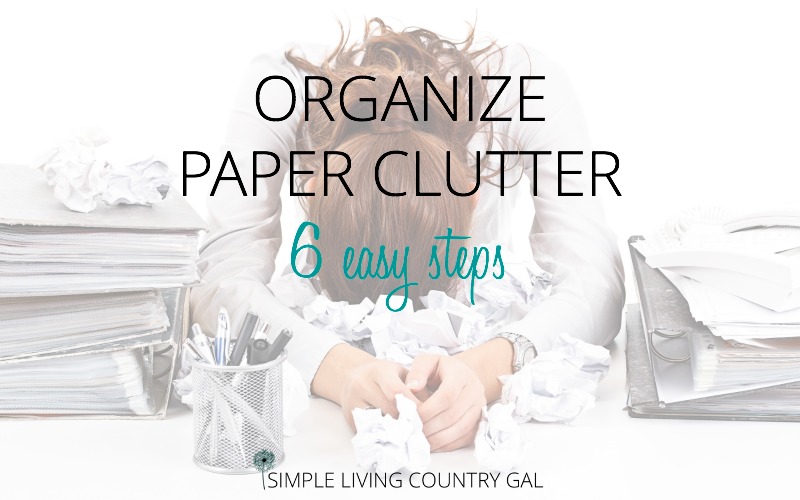
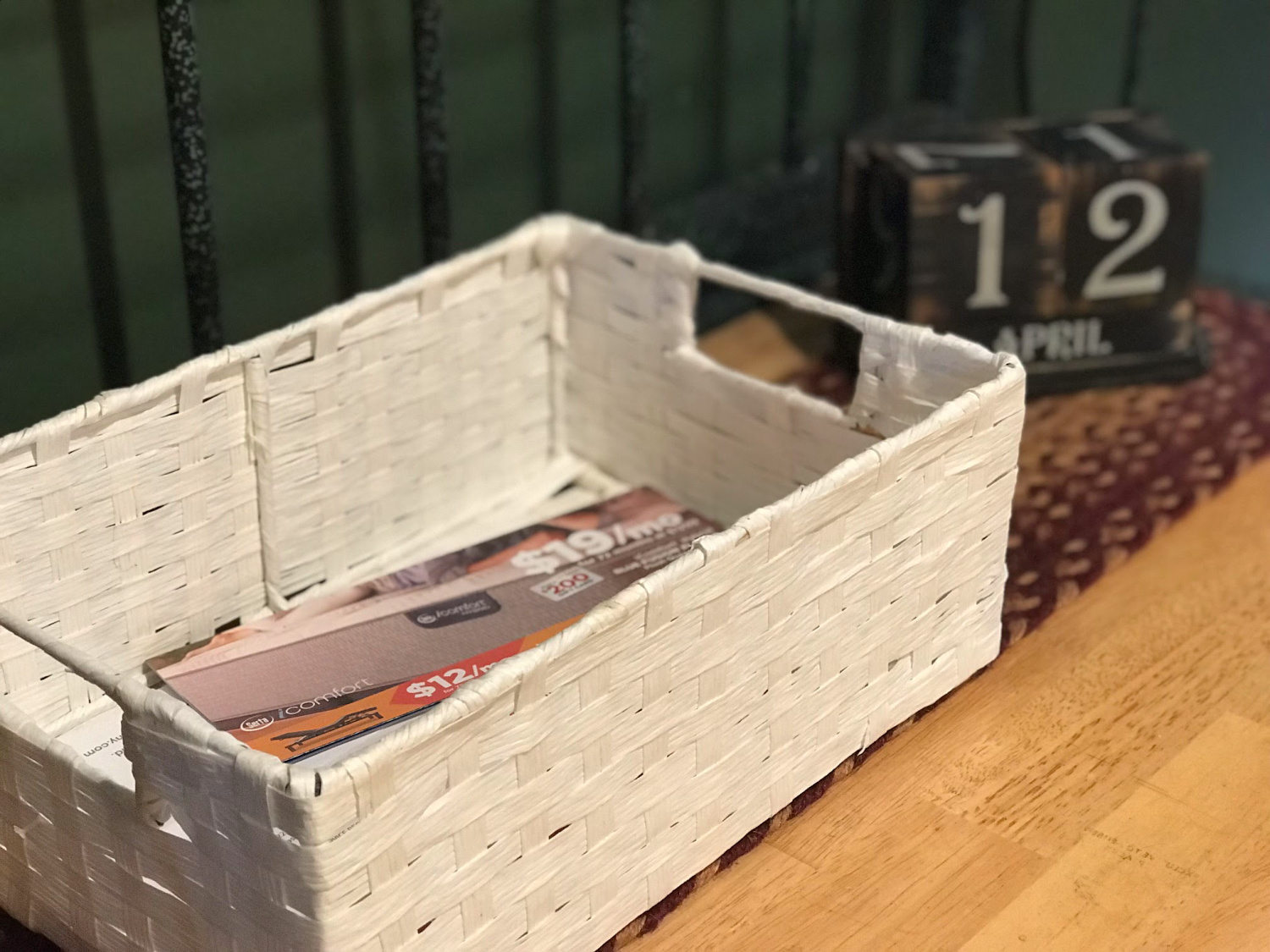
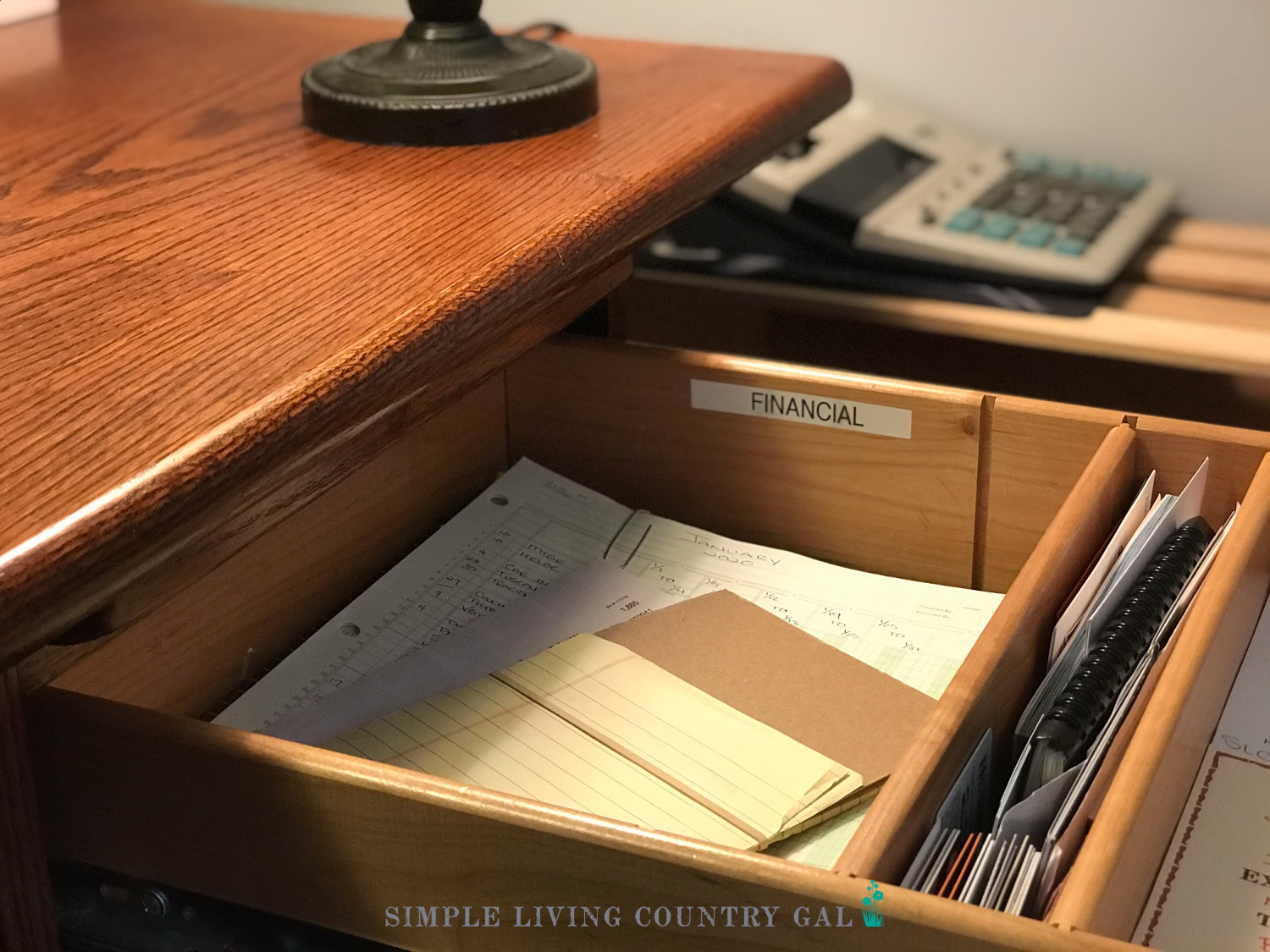
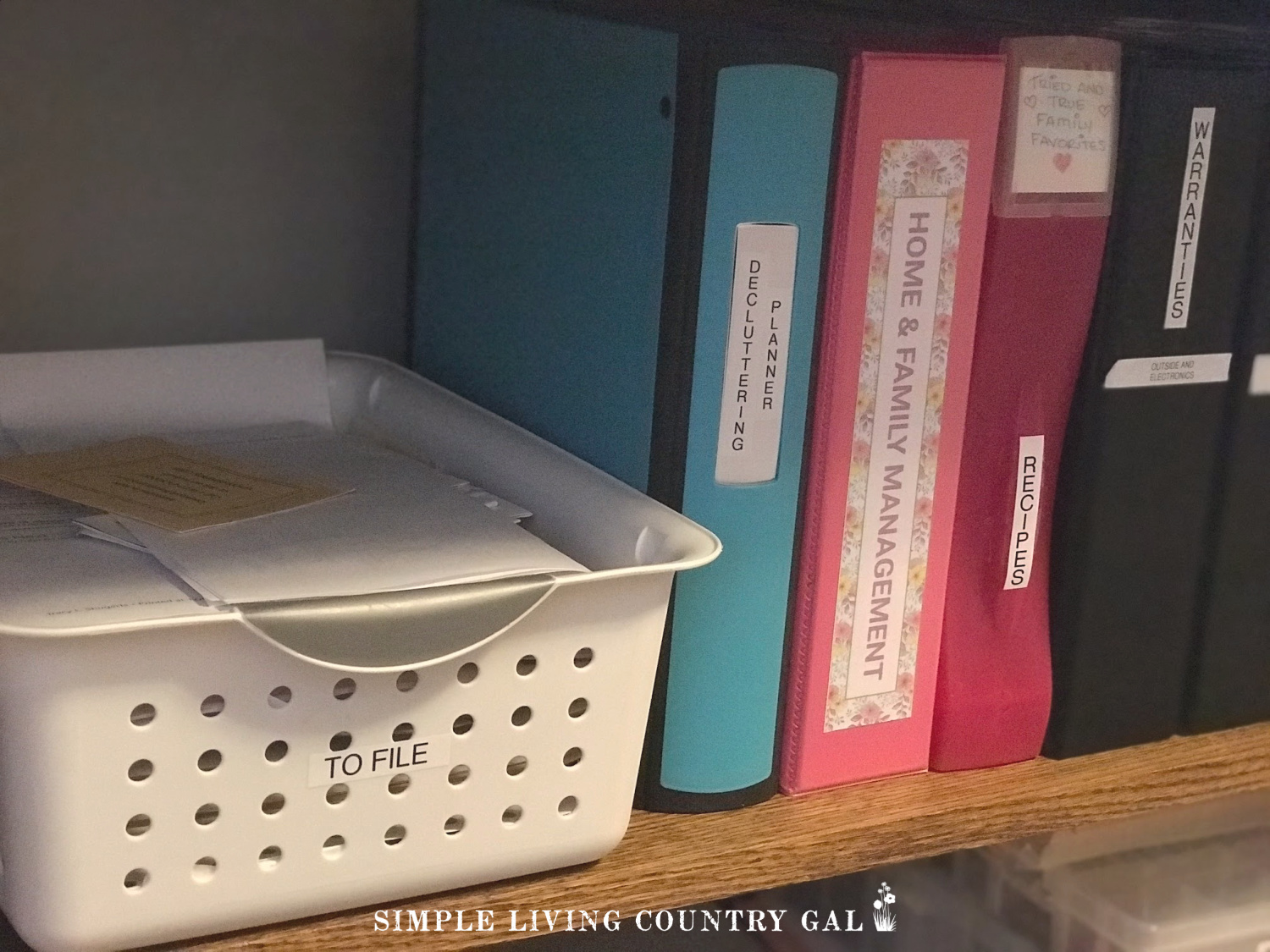
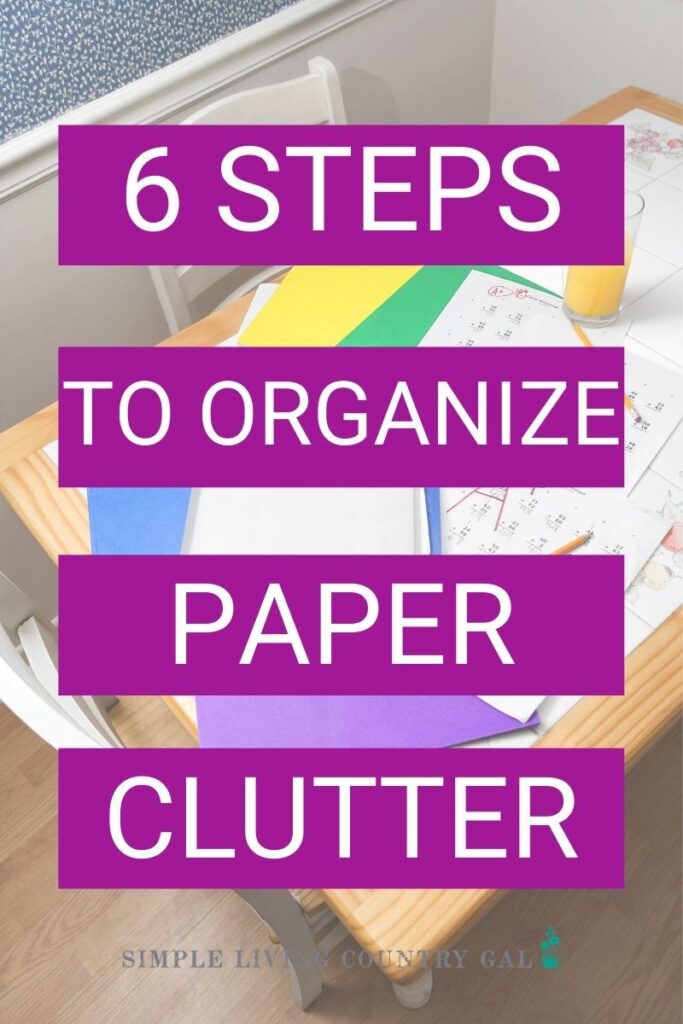
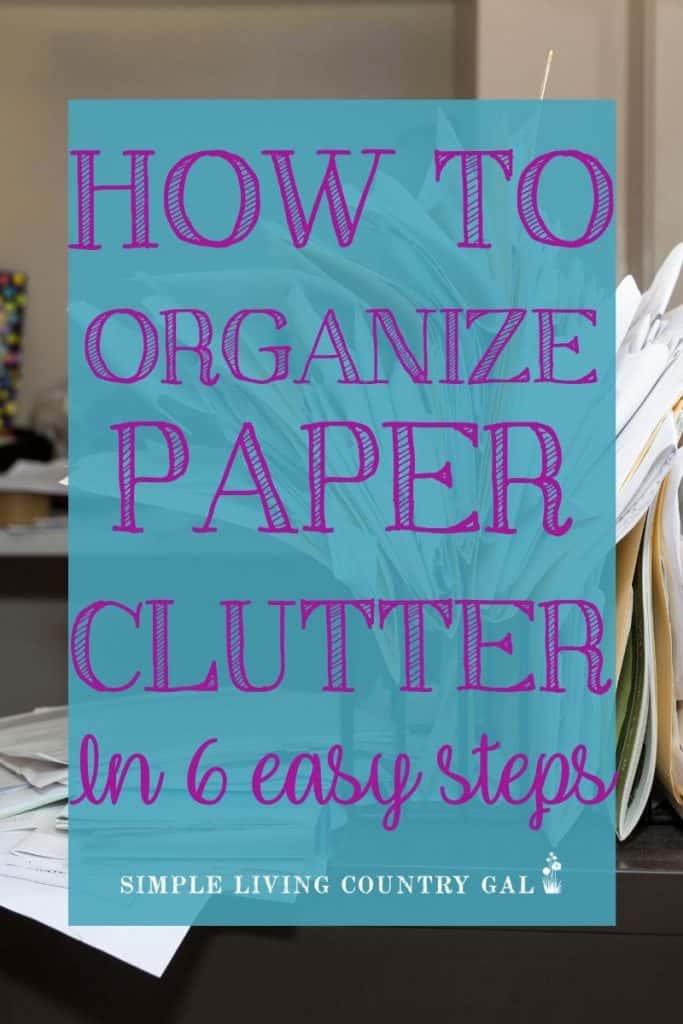
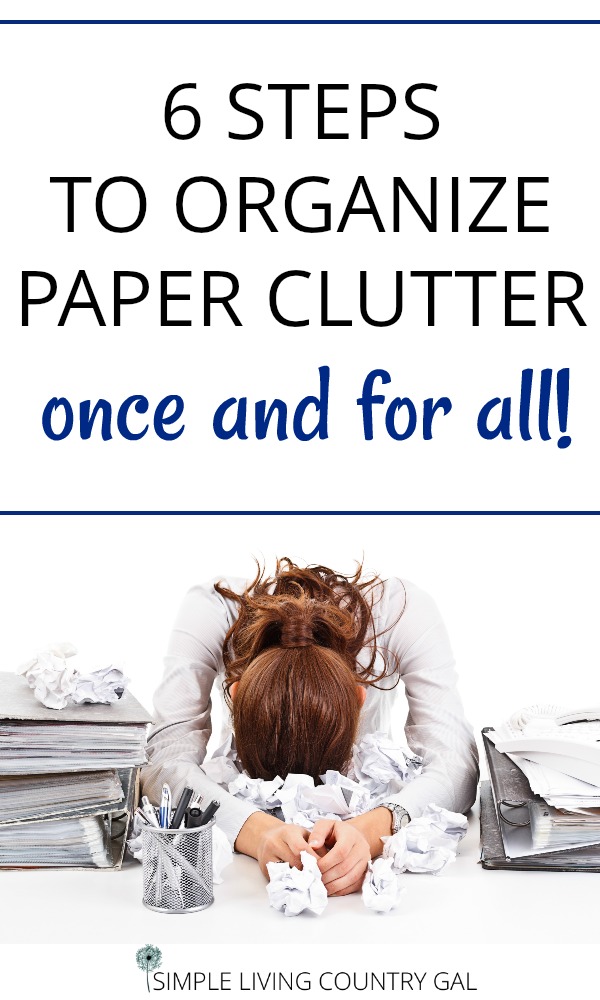
This is so simple can’t believe I ddnt think of it myself ! Lol . I have a jumbo pamper box of mail to DECLUTTER and more around the house . I finally have the courage to tackle all these papers thank youuuuu
You are very welcome, Rhiana!